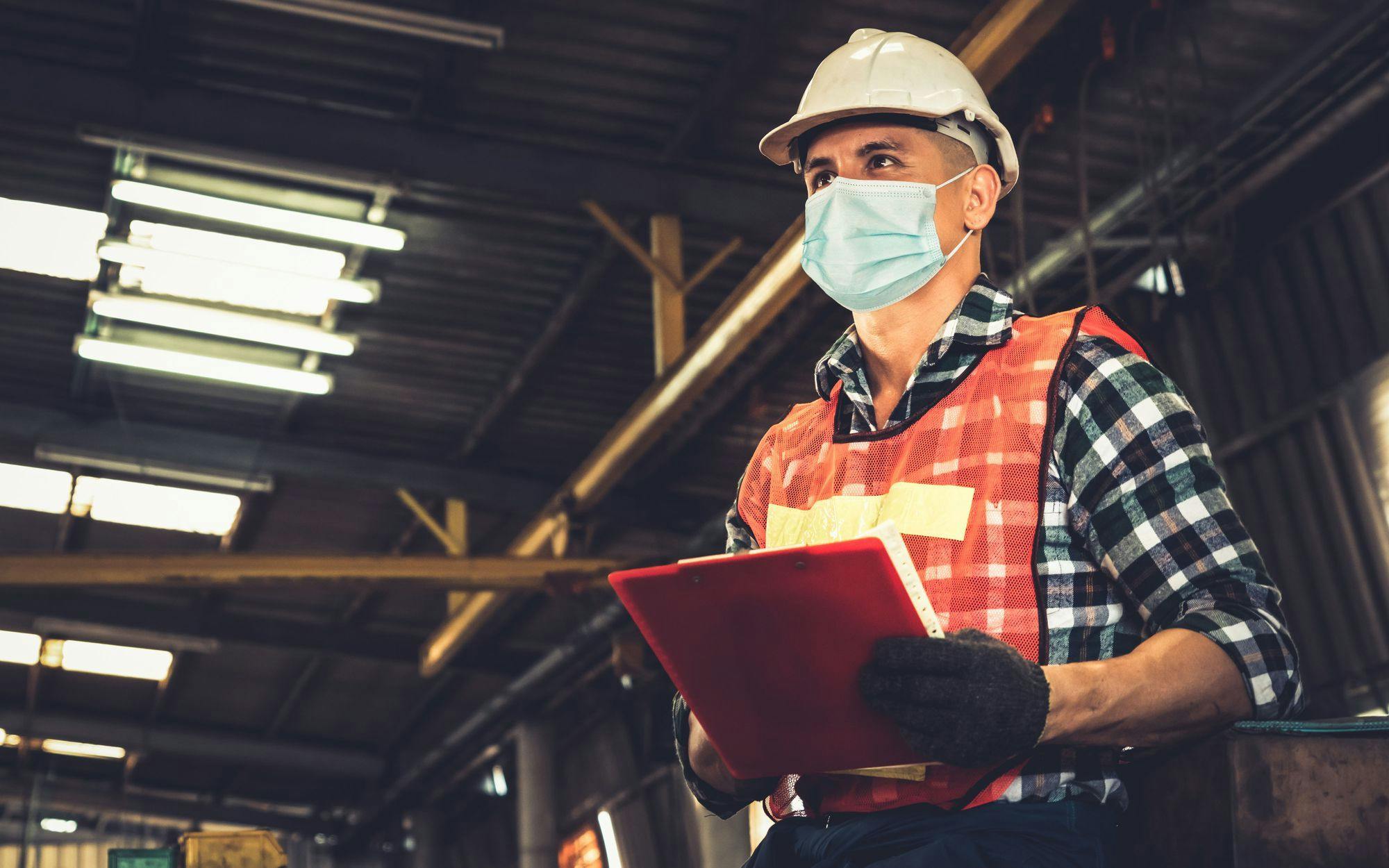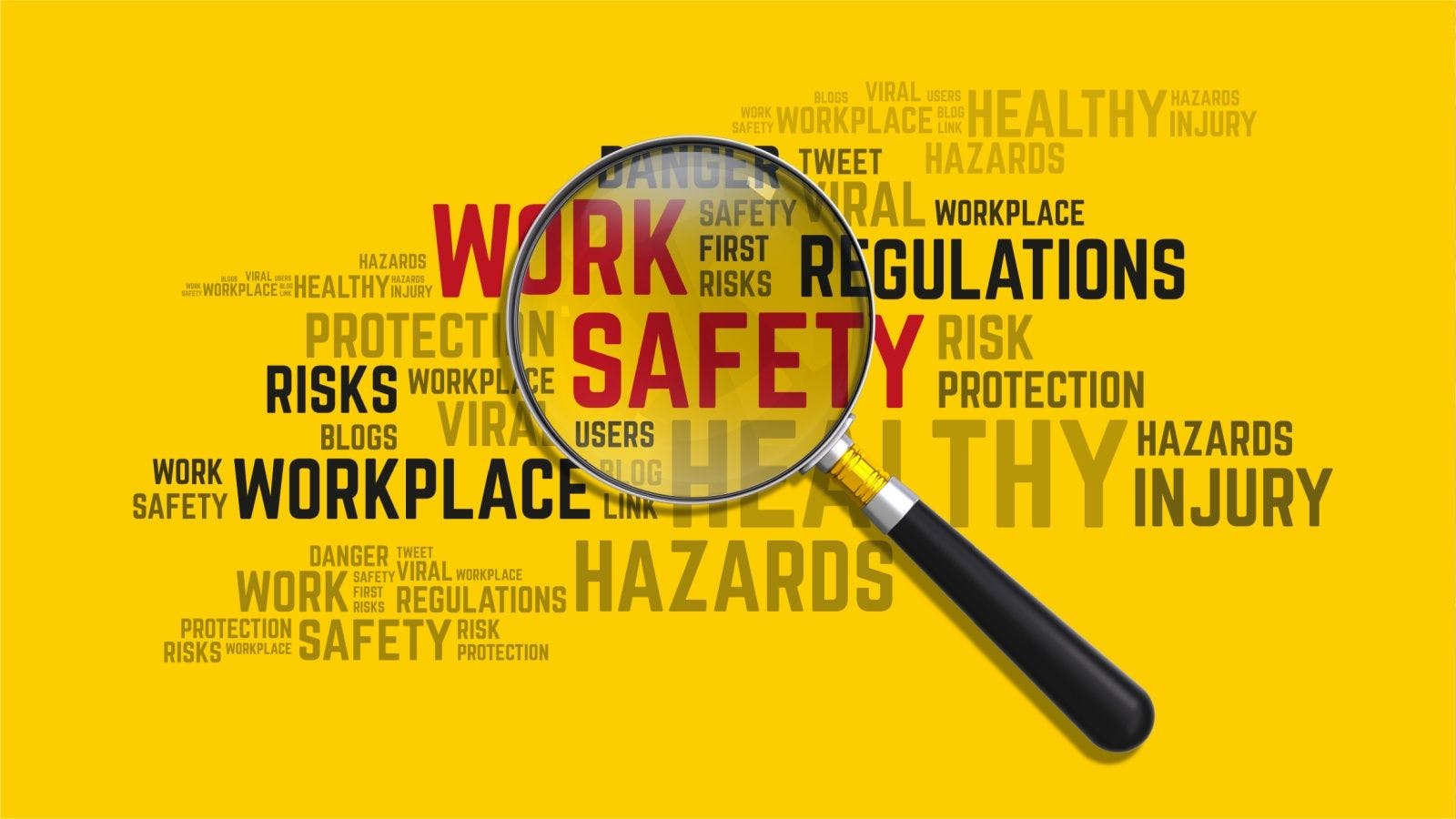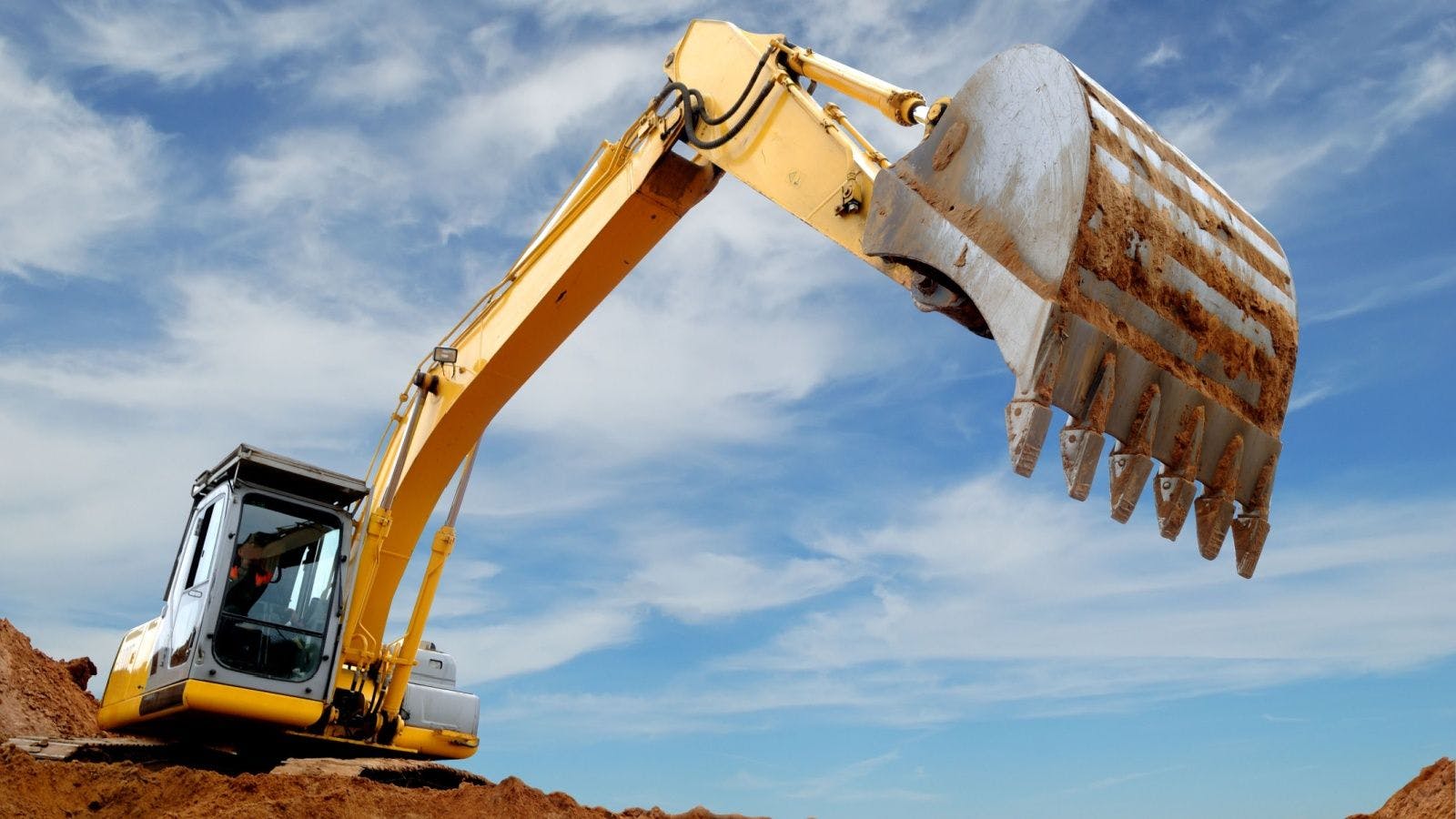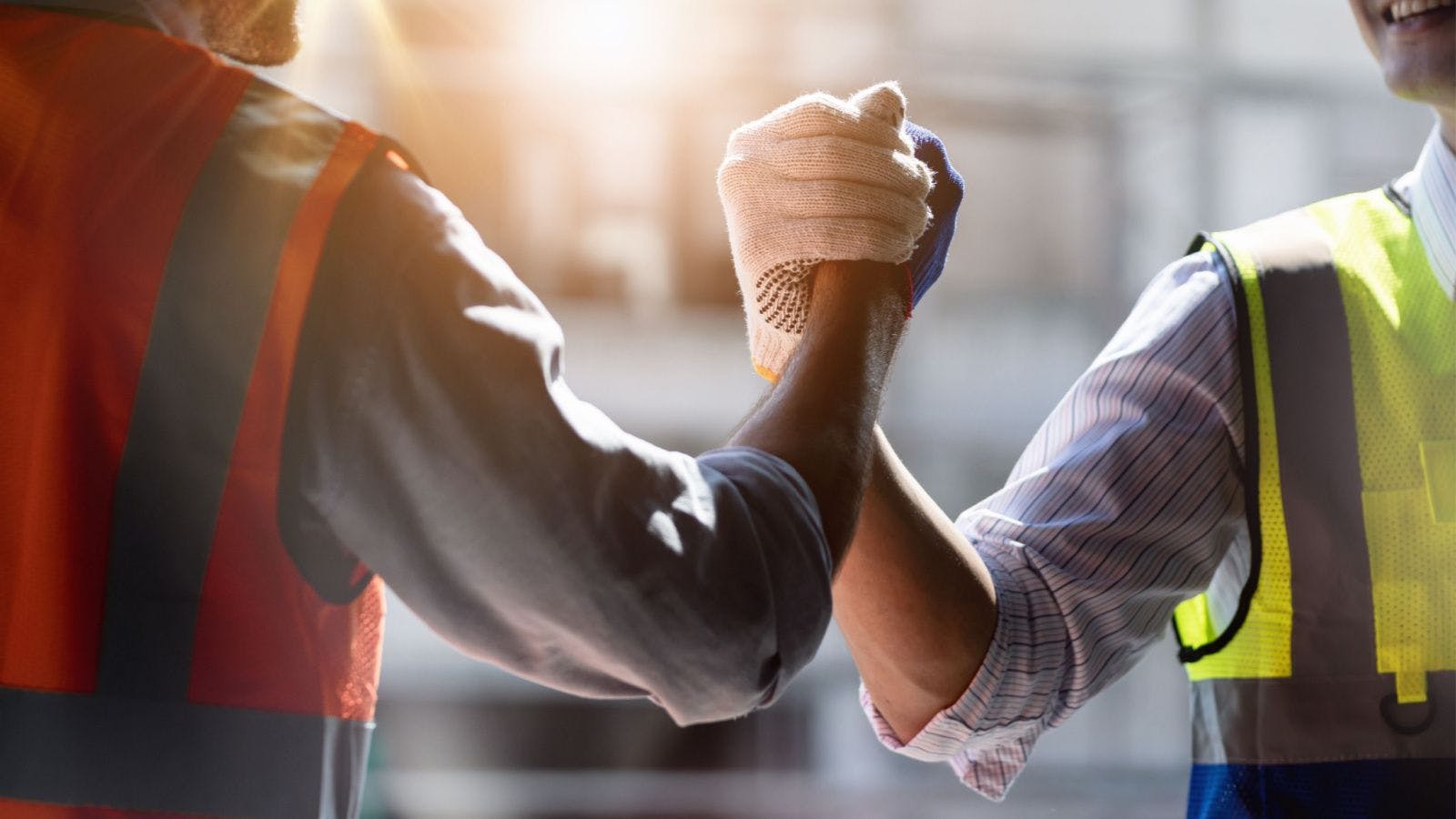
Combating COVID-19 in the Construction Community
Throughout the COVID-19 pandemic, much has been written about the unsung heroes whose essential work has kept this country afloat amid loss and uncertainty. There are inspiring stories about frontline medical workers saving lives, dedicated researchers finding therapies, sanitation and custodial crews whose disinfecting work has become a norm, as well as grocery store and delivery workers who have kept communities fed and supplied.
While many office workers have been able to pivot to remote work and virtual meetings, construction workers have not had that luxury. No amount of only digital interaction results in the completion of a physical structure, so construction workers across America have been moving forward in their essential work, increasing risk of exposure to the virus.
In June 2020, a report from the CDC revealed that Hispanic people comprise 33% of COVID-19 cases while this community only represents 18% of the U.S. population. Therefore, a comprehensive communication and education strategy is necessary to help the Latino construction population protect themselves, their co-workers and their families.
Skanska has always invested deeply in supporting diversity across its workforce and subcontractors. The company currently has more than 70 active projects across the country with Small, Minority and Woman Owned Businesses and Enterprises (SMWBE) with goals that translate to more than $1.5 billion in contract awards to these businesses. Skanska is committed to the idea that investing in the health, growth and stability of its workforce is the surest path toward excellence as a company.
Noting the vulnerable position many of Skanska workers find themselves in, Skanska renewed its commitment to ensuring its jobsites are following best practices to foster safety. Though it is hard to recognize in this age of nonstop media coverage, many communities may not be aware of the most reliable health recommendations or know where to get help if needed. Skanska promoted efforts to share health and safety messages with the Hispanic construction community. Recognizing that many cases of COVID-19 can spread within families, Skanska shared resources that can be used at home to minimize exposure and protect those who may become ill from passing it on. Skanska brought together employee representatives from different demographic groups to solicit input on policies and procedures to improve health outcomes both on and off the jobsite.
Partnerships
It is a sad reality that the rate of COVID-19 infections in disproportionately higher in minority communities in the U.S. In North Carolina, Skanska is planning to partner with a pandemic response network to create programs offered at no cost to Skanska subcontractors and their employees. These programs will provide education about best practices and information in both Spanish and English to help individuals assess any medical symptoms and to get appropriate care. It will also connect them with resources for support to enable workers to remain home if they are symptomatic even if their financial situation is precarious without the fear of how they will pay rent or feed their families. Every situation is different, and each individual will have different needs.
This program does not rely on a one size fits all response, but instead will offer community and individual based assistance. By slowing the spread of infection by quarantining the ill, it will ultimately be less disruptive to budgets and timelines than it would be to force everyone to come to work. Skanska will offer this assistance as a way to take some of the burden off the smaller companies that may not have the resources to provide this level of support.
On one jobsite Skanska added a nurse practitioner to conduct morning temperature checks of everyone working onsite. She also helped with fit tests for KN95 respirators. On another site a full-time paramedic conducts temperature checks, performs first aid and is available for wellness checks for everyone.
Worker Proximity Contact Tracing
Skanska is the first construction company to implement a new wearable safety technology, the Proximity Trace by Triax, for COVID-19 contact tracing, at a hospital construction site in California. This technology promotes social distancing and tracks contacts between wearers to quickly identify those who may have been exposed to an infectious person.
The wearable sensor activates audible and visual alerts if anyone on the jobsite is within six feet of another person. The alert not only reminds workers to maintain social distancing in real time, but also creates a log of the amount of time that people were within six-foot proximity of each other. As a result, rather than closing down an entire project or quarantining a large number of workers due to a single positive COVID-19 case, the technology can identify a small subsect of an onsite team that is potentially affected. This information enables employees to prevent any further spread of the disease and mitigates the risk of an outbreak on a job site, ultimately improving health outcomes and reducing potential project delays.
A triumph over COVID-19 will only result from a collective effort. Promoting education and providing resources to help all communities avoid infection and remain healthy is essential for any return to full productivity and normalcy. By investing in the health of Hispanic friends and neighbors, Skanska is building bonds that will make the community stronger, will make everyone healthier and more resilient both professionally and personally once the specter of this pandemic has passed.
Related stories








